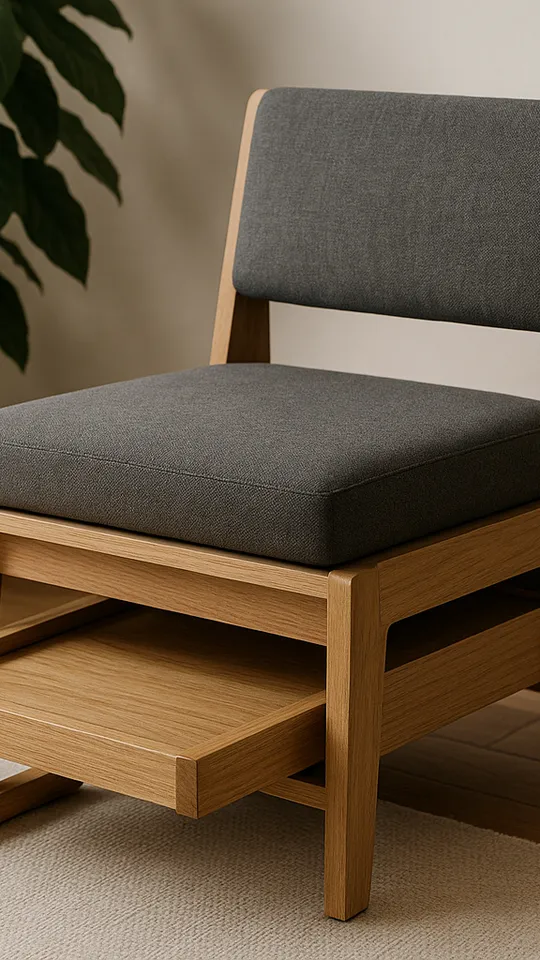What is Driving the Multifunctional Furniture Trend?
Imagine living in a bustling city where the average apartment size is shrinking faster than you can say 'real estate boom'. In 2025, the rise of multifunctional furniture is transforming urban living spaces, driven by the dual forces of rapid urbanization and a desire for stylish yet functional homes. By 2034, the market is set to reach a staggering $25.4 billion, reflecting a consumer shift towards furniture that does more with less space.
How Are Designers Meeting Consumer Needs?
Manufacturers are not just slapping extra features onto old designs; they're innovating with a purpose. Think sofa-beds that transform with a single motion or lift-up tables that double as storage units. These designs are crafted using sustainable materials, addressing consumers' growing environmental concerns. This isn't just about saving space—it's about creating a home that adapts to your lifestyle.
Why Does Multifunctional Furniture Matter?
In a world where every square foot counts, multifunctional furniture offers a lifeline to those navigating the complexities of city living. It's about maximizing limited space without compromising on aesthetics. For example, modular seating systems allow for customizable layouts, giving you the freedom to reinvent your space as needed. This trend underscores a broader societal shift towards minimalism and conscious consumption.

What's Next for the Future of Living?
The multifunctional furniture revolution highlights a critical evolution in how we view our homes. As urban populations continue to grow, the demand for innovative, space-saving solutions will only intensify. This trend invites us to rethink not only our furniture choices but also our lifestyle priorities, encouraging a balance between functionality, sustainability, and style.
